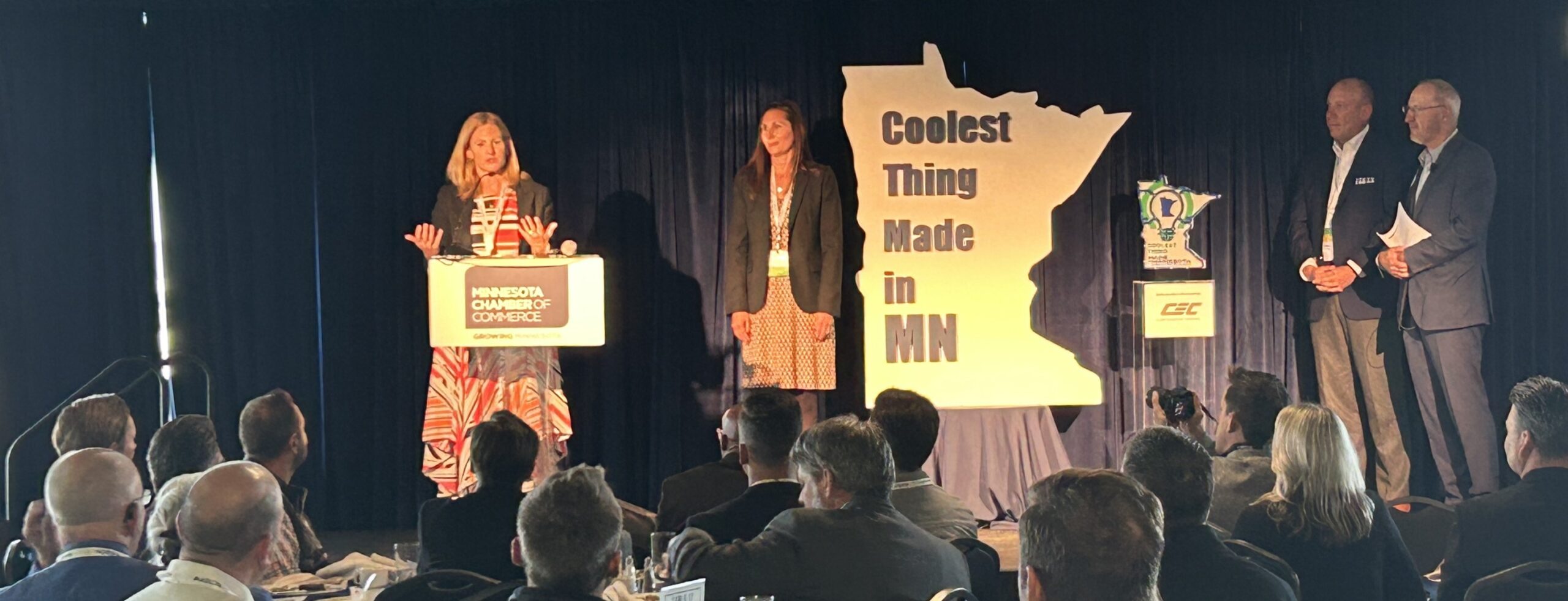Perhaps unsurprisingly, budget is the top concern for underperforming- to moderate-performing marketing teams, according to the Salesforce.com 2016 State of Marketing Report. But we didn’t expect the same report to find that budget isn’t even in the top 10 concerns for high-performing teams.
How can that be?
Salesforce attributes this phenomenon to company leaders prioritizing marketing budgets when it’s creating business impact. It seems like a simple concept: produce better results, receive more budget. But we continue to see B2B marketers make the mistake of only focusing on immediate gains, resulting in brief success and upholding the status quo.
There’s a time and place for quick wins to showcase the value of a new tactic or a proposed process change, and there’s value in failing fast. At the same time, you must be working toward aligning the larger marketing strategy with your business objectives and making decisions that will set you up for future success.
Start by eliminating band-aid solutions and unmeasurable activities, such as:
Focusing on one channel or trying to do too much
Putting all of your budget into one channel limits your reach, lowering the overall effectiveness of your marketing program. On the other hand, spreading your team’s time and budget too thin on a plethora of channels leaves room for errors and creates unnecessary work to the point where you can’t be successful anywhere.
Find the middle ground by assessing what channels your audience is using to find information at each stage of their buying journey, and prioritize those efforts based on your team’s capacity and budget.
Disjointed tactics and content
Just because you’re creating content and publishing it on your website doesn’t mean it’s reaching your target audience nor that it resonates with them. Publishing content without an effective distribution plan in place is not making full use of the content. Get into the habit of thinking about how each piece of content can be leveraged, repurposed and shared across paid, owned and earned media.
Instead of writing 10 blog posts or case studies a month, try writing three or four high-quality pieces and treat them as mini campaigns to get the most mileage out of them. That means sharing the content across your social channels multiple times with varying copy, pitching the topics to relevant trade media, linking to it in an email newsletter or nurture program, repurposing it into a SlideShare, etc.
“Low-hanging fruit”
Low-hanging fruit will only get you so far until it becomes a rotten strategy. Be careful about getting into the habit of chasing shiny objects and quick wins.
Say no to activities that don’t align with business objectives to protect your team’s time and stay focused on activities that drive results. You may be rewarded with more budget in the end.
Magic literature
When sales are down, reps can be quick to blame it on factors like not having enough leads along or lacking adequate marketing literature. Leads may be a legitimate challenge, but I’ve never understood the literature argument. Yes, a strong brochure that tells your company’s story and showcases its value proposition can be an effective sales tool, but a 35-page regurgitation of your website content won’t close more deals.
It’s important to draw the line in your literature library because it can become an expensive time-suck – not to mention difficult to maintain as your organization and product line evolves. When sales are down, focus on what can move the needle and what’s measurable.
Print advertising (unintegrated with digital)
Print advertising can be a great method of gaining brand awareness when there’s a high volume of placements over a long period of time that have clear calls to action to ensure the campaign is measurable. So unless you have a large budget to sustain a measurable and pervasive print advertising program, we recommend putting those dollars elsewhere. Earned and owned media channels can organically and authentically build brand awareness over time – and for a much lower price tag.
As you go into 2018 planning, consider what activities have held you back from producing more impactful results and becoming an even higher-performing marketing organization. Start by eliminating band-aid solutions and unmeasurable activities. Need help getting started? Inprela is a nontraditional B2B public relations firm creating integrated campaigns that move the needle with expertise in manufacturing and healthcare industries. Contact us today at connect@inprela.com.
Originally published on CommPro, found here.



